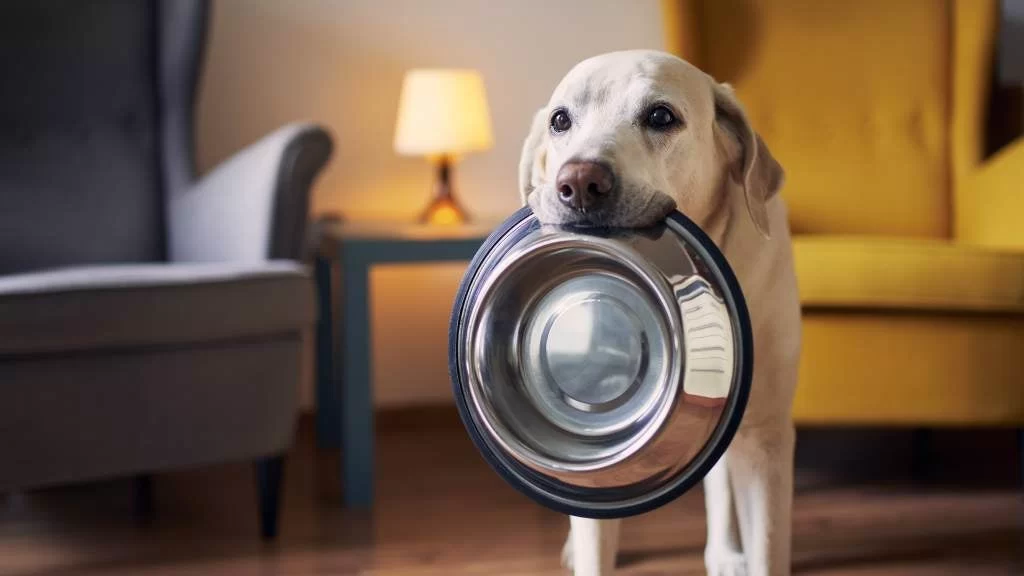Symptoms of Pet Obesity and How to Prevent It: A Comprehensive Guide to Pet Health
- Understanding Pet Obesity: What It Is and Why It Matters
- Symptoms of Obesity in Pets
- How to Prevent Obesity in Pets
- Real-Life Experience: A Pet Owner's Journey with Obesity
- Maintaining a Healthy Weight for Your Pet
1. Understanding Pet Obesity: What It Is and Why It Matters
Pet obesity is one of the most common health issues affecting pets today, particularly in domestic dogs and cats. Obesity in pets occurs when they carry excess body fat, which can lead to various health problems such as diabetes, arthritis, heart disease, and a shorter life expectancy.
Understanding the causes of pet obesity and recognizing its impact on your pet’s well-being is the first step in prevention. Factors like overfeeding, lack of exercise, and even genetic predisposition can contribute to obesity. As pet owners, it’s crucial to understand how obesity affects your furry friend’s health and take the necessary steps to prevent it.
2. Symptoms of Obesity in Pets
Recognizing the symptoms of obesity in your pet is essential to taking timely action. Here are some common signs that your pet may be obese:
- Visible Fat Deposits: The most obvious sign of obesity is the presence of visible fat deposits, especially around the abdomen, legs, and face. Your pet may also have a rounder or broader appearance than is typical for their breed.
- Difficulty Moving: Pets carrying excess weight may struggle with movement. If your pet is having trouble running, jumping, or climbing stairs, it may be due to the strain caused by extra weight.
- Lack of Energy: Obese pets often have lower energy levels and may show signs of lethargy. If your pet is less playful than usual, it could be a sign that they’re carrying too much weight.
- Breathing Problems: Extra weight can put pressure on your pet’s respiratory system, making them breathe more heavily or struggle to catch their breath after minimal exertion.
- Inability to Feel the Ribs: When you touch your pet's sides, you should be able to feel their ribs easily. If you cannot, it may be a sign that your pet is overweight or obese.
If you notice any of these symptoms in your pet, it’s important to consult a veterinarian to assess their weight and overall health. Early intervention can prevent more serious health complications down the road.
3. How to Prevent Obesity in Pets
Prevention is always better than cure, and this is certainly true when it comes to pet obesity. Here are some effective strategies for preventing obesity in pets:
- Control Portions and Feeding Habits: Avoid overfeeding by sticking to the recommended portion sizes for your pet’s breed, age, and weight. Use a measuring cup for accuracy, and avoid giving your pet excessive treats or table scraps.
- Provide Regular Exercise: Regular physical activity is essential to keep your pet healthy and fit. Take your dog for daily walks, play fetch, or engage in activities that encourage movement. Cats can also benefit from playtime with interactive toys to stay active.
- Monitor Your Pet’s Weight: Regularly weigh your pet and monitor their body condition. If you notice any weight gain, it’s a good idea to adjust their diet or exercise routine before obesity becomes an issue.
- Healthy Diet: A well-balanced, nutritious diet plays a significant role in maintaining a healthy weight. Opt for high-quality pet food that provides essential nutrients without excess fat and calories. Avoid giving your pet foods that are not meant for them, such as human snacks or food with high sugar content.
By following these simple guidelines, you can help prevent obesity and ensure your pet stays healthy, happy, and active throughout their life.
4. Real-Life Experience: A Pet Owner's Journey with Obesity
One pet owner shares their experience with their overweight dog:
“I noticed that my golden retriever, Max, had been gaining weight over the past year. He seemed lethargic, and his once energetic walks became shorter and slower. After a visit to the vet, we discovered he was 10 pounds over his ideal weight. We decided to change his diet and started incorporating more exercise into his daily routine. Over time, Max lost the excess weight and became much more energetic. His coat looked shinier, and his overall health improved. Seeing him so active and happy again was such a relief, and I’m glad we took action early.”
This story illustrates how addressing obesity early on can lead to significant improvements in your pet’s health and quality of life.
5. Maintaining a Healthy Weight for Your Pet
Maintaining your pet's healthy weight involves more than just preventing obesity—it’s about ensuring a well-balanced lifestyle. Continue monitoring your pet’s weight and incorporate good habits, such as regular exercise and proper diet, into your routine. If you notice any changes in your pet’s behavior or appearance, seek advice from your veterinarian to adjust their care plan accordingly.
By staying proactive about your pet’s health, you can ensure they lead a long, happy, and healthy life. If you’re concerned about your pet’s weight, or need expert advice on diet and exercise, don’t hesitate to contact a veterinary professional at Hidden Brook Veterinary for guidance and support.












